There can be your advertisement
300x150
Construction with a Purpose: Ecological Approaches to Building
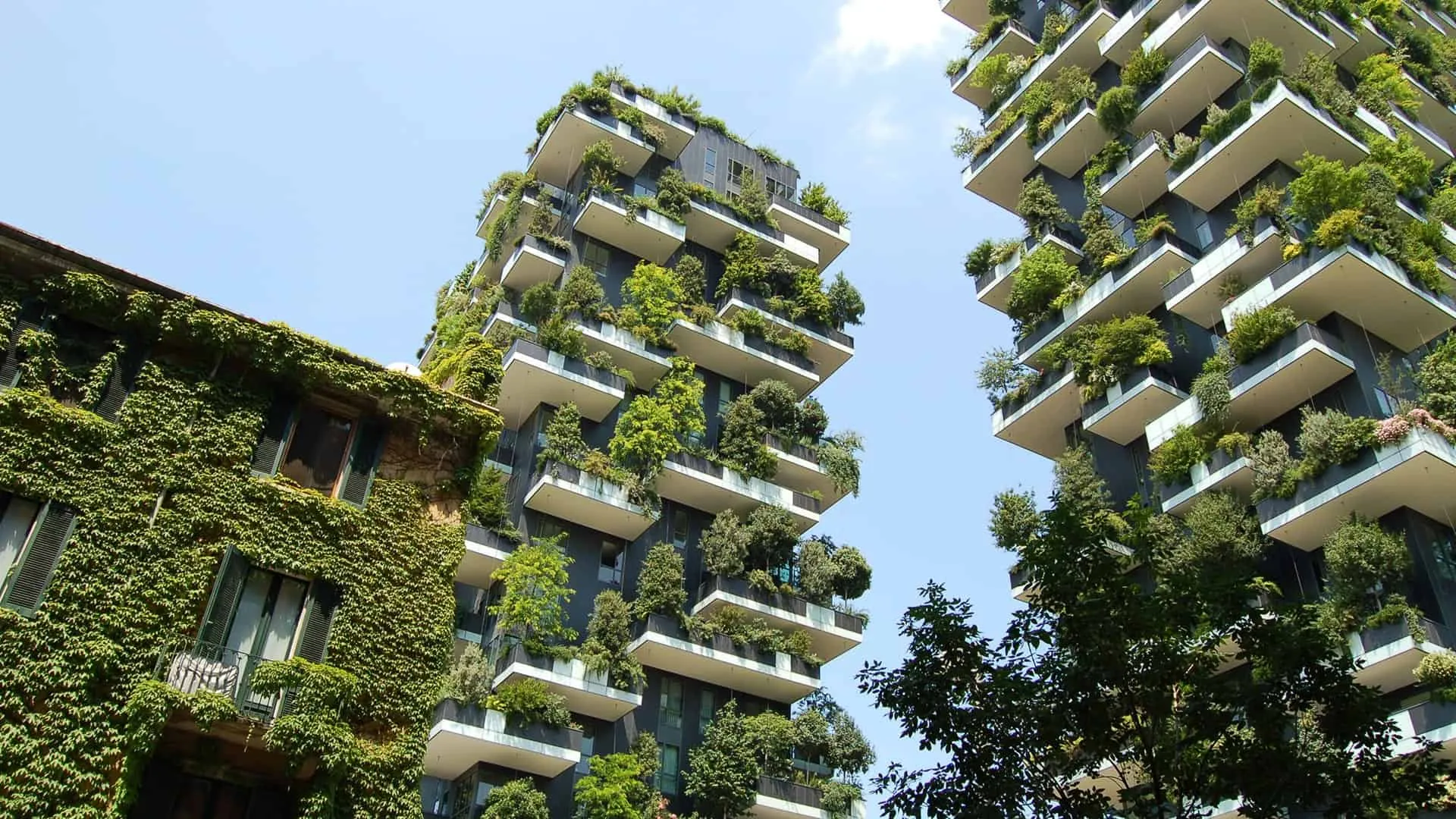
Key Points:
- Learn how sustainable construction practices benefit the environment and communities.
- Understand various eco-friendly building materials and methods.
- Discover real examples of successful sustainable construction projects.
Contents:
Introduction to Sustainable Construction
In recent years, the construction industry has moved toward sustainability, ushering in a new era where environmental awareness is at the forefront. This approach is increasingly embraced by professionals who prioritize the environment and client vision. Clients are seeking reliable contractors, especially for sustainable projects, and choosing eco-friendly practices is essential. It's not just a trendy fad; it’s the foundation of the future that respects and preserves our nature while meeting modern-day demands. Sustainable construction is a comprehensive approach where every detail, from initial planning to final touches, focuses on minimizing environmental impact. This holistic strategy goes beyond selecting the right materials and includes efficient construction methods, innovative design elements, and conscious resource management. As we delve deeper, let's explore how our components and benefits of sustainable practices can transform the landscape of construction.
The Importance of Eco-Friendly Building Materials
At the core of sustainable construction lies mindful material selection—choosing materials is crucial in determining a building project's environmental impact. Using eco-friendly materials such as recycled steel, which reduces raw material demand, or bamboo flooring known for its rapid regeneration and minimal environmental footprint significantly lowers this impact. These materials are not just passing trends; they represent a vital step toward building strength and environmental responsibility. Choosing low-impact materials can significantly reduce the operational costs of a building over its entire lifespan. This is largely due to improved efficiency and durability of sustainable materials, which often require less maintenance and have longer lifespans. By embracing these resources, developers can create structures that stand the test of time and remain valuable assets for their communities.
Innovative Methods in Sustainable Construction
While material selection matters, it is the innovative construction methods that define sustainability. Techniques like passive solar design utilize natural light and heat, significantly reducing the need for artificial lighting and heating. These designs are not only cost-effective but also enhance building comfort and aesthetic appeal.
Another transformative approach is incorporating green roof systems. They offer excellent thermal insulation and help mitigate the urban heat island effect—a growing issue in densely populated areas. As cities expand and evolve, integrating nature into our construction presents a balanced approach that benefits residents and the broader environment.
Cases of Green Building Projects
Studying real-world examples provides invaluable insights into the potential of sustainable construction practices. The Bullitt Center in Seattle, often called 'the greenest commercial building,' demonstrates how buildings can achieve energy independence through innovative design. Its features include composting toilets, rooftop solar panels, and rainwater harvesting systems that together deliver zero energy consumption. Similarly, One Central Park in Sydney is another striking example of sustainable urban design. Its innovative use of vertical gardens enhances aesthetic appeal and significantly reduces energy consumption. These projects serve as powerful reminders and sources of inspiration for how sustainability can be seamlessly integrated into modern architecture, creating spaces that care about the environment as much as they are cutting-edge.
Challenges and Solutions in Sustainable Construction
Like any progressive sector, sustainable construction has its challenges. The perception of higher initial costs can deter developers, while regulatory barriers and the need for specialized knowledge can complicate projects. However, these issues are increasingly being addressed through innovative solutions and supportive policies. Government initiatives including tax incentives and subsidies reduce financial barriers and encourage developers to adopt sustainable practices. The overarching goal is to create a construction industry that not only meets current societal needs but does so in a way that ensures planetary prosperity for future generations.
Future Trends in Eco-Friendly Construction
Looking ahead, the construction industry stands on the brink of a technological revolution that promises to enhance sustainability. The integration of smart home technologies allows buildings to adapt to residents' needs and reduce energy waste. Moreover, the rise of renewable energy solutions such as solar and wind power sets a new standard for sustainability. With advancements in artificial intelligence and machine learning, the potential to optimize construction processes and minimize waste is immense. Leveraging these technologies, the industry can continue advancing toward a future where buildings are functional, beautiful, and environmentally responsible.
Frequently Asked Questions About Sustainable Construction
What are common sustainable materials used in construction?
Common materials include recycled steel, bamboo, and sustainable concrete. Each offers unique advantages—from strength to rapid regrowth—making them ideal for eco-friendly structures.
How does sustainable construction affect the environment?
Sustainable construction reduces waste, conserves natural resources, and minimizes energy consumption. This helps decrease environmental degradation and supports planetary health.
Conclusion on Purposeful Construction
Sustainable construction is more than just an industry shift; it's a fundamental change and interaction with our environment. Prioritizing sustainable practices allows construction professionals to create not only buildings but legacies of responsibility and care. By adopting sustainable methods, we ensure our current needs are met without compromising the ability of future generations to meet theirs, crafting a world where built environments and natural ecosystems coexist harmoniously.
More articles:
 Boncœurs Sets the Standard for Elegant Interior Design
Boncœurs Sets the Standard for Elegant Interior Design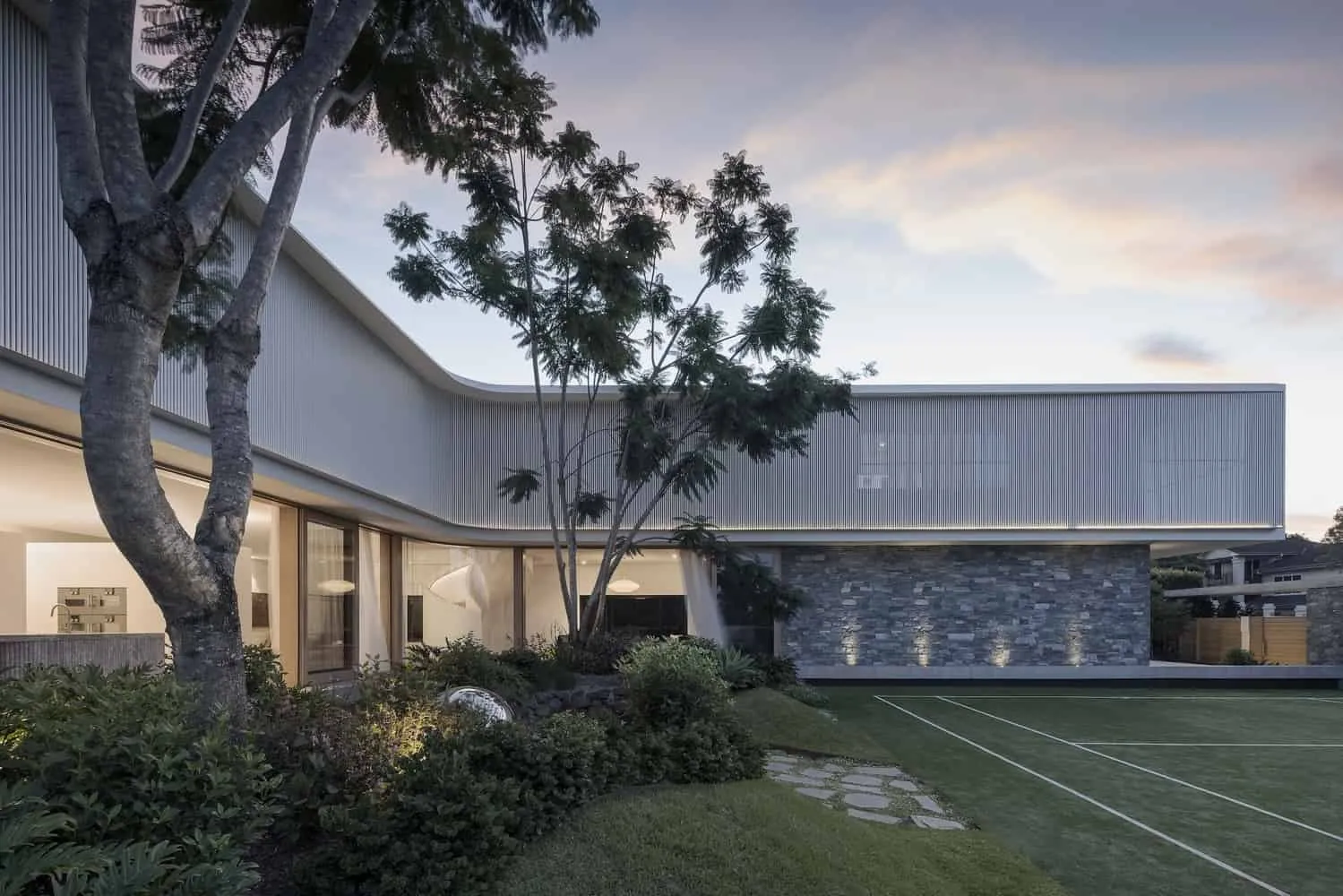 Bumerang House by Joe Adsetts Architects: Curved Modern Comfort in Escott
Bumerang House by Joe Adsetts Architects: Curved Modern Comfort in Escott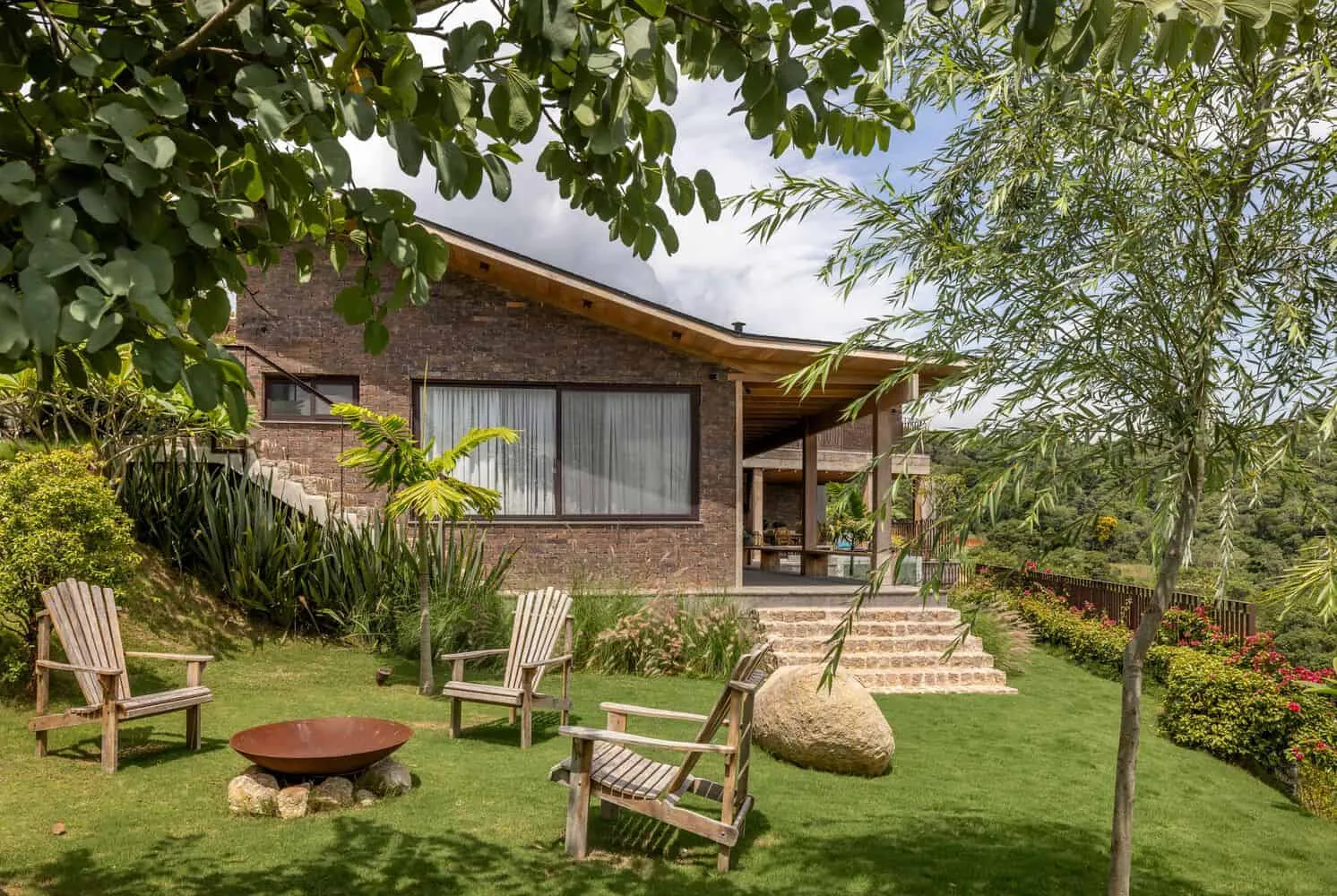 Bumerang House | In House | San Roque, Brazil
Bumerang House | In House | San Roque, Brazil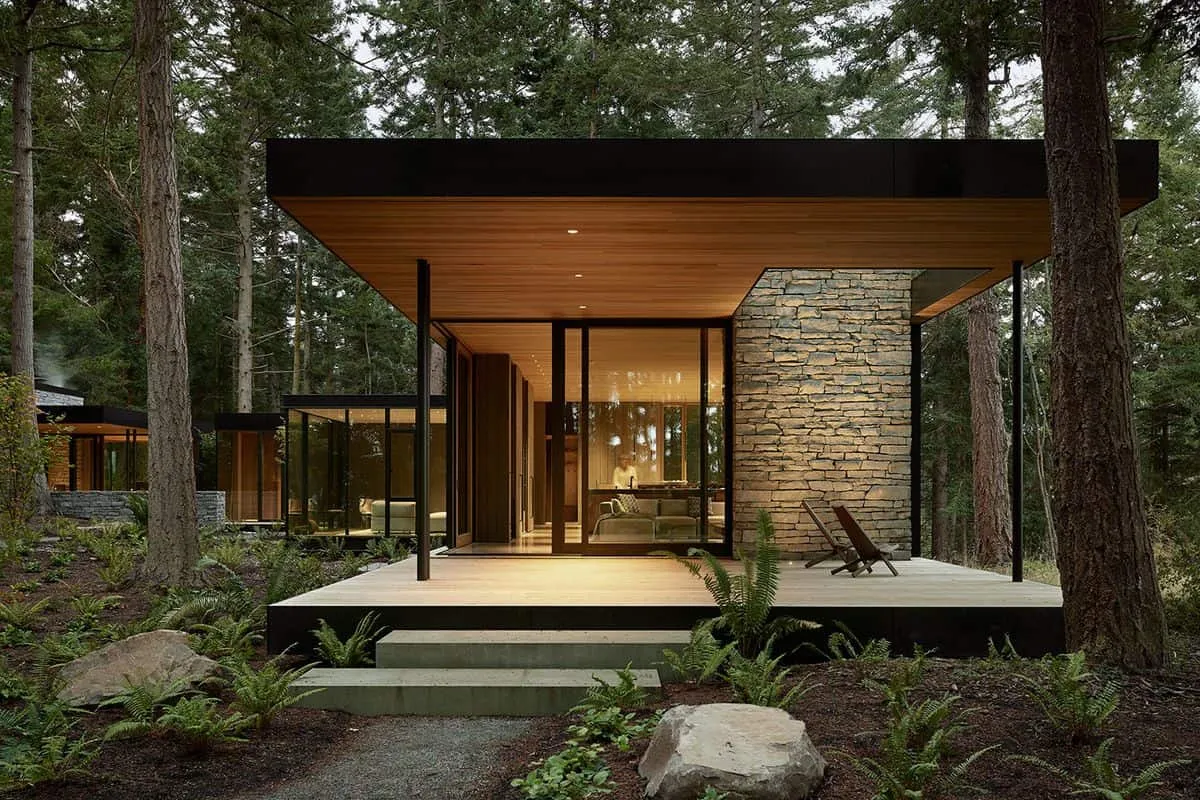 Bought a House with a Boiler? Here Are 5 Tips to Make It Last Longer
Bought a House with a Boiler? Here Are 5 Tips to Make It Last Longer Boulevard House by Green Sheep Collective in Melbourne, Australia
Boulevard House by Green Sheep Collective in Melbourne, Australia Boulle Furniture Sets Establish the Standard of Excellence Through Master Craftsmanship
Boulle Furniture Sets Establish the Standard of Excellence Through Master Craftsmanship Light Box by CUN DESIGN: Light as Architecture and Life
Light Box by CUN DESIGN: Light as Architecture and Life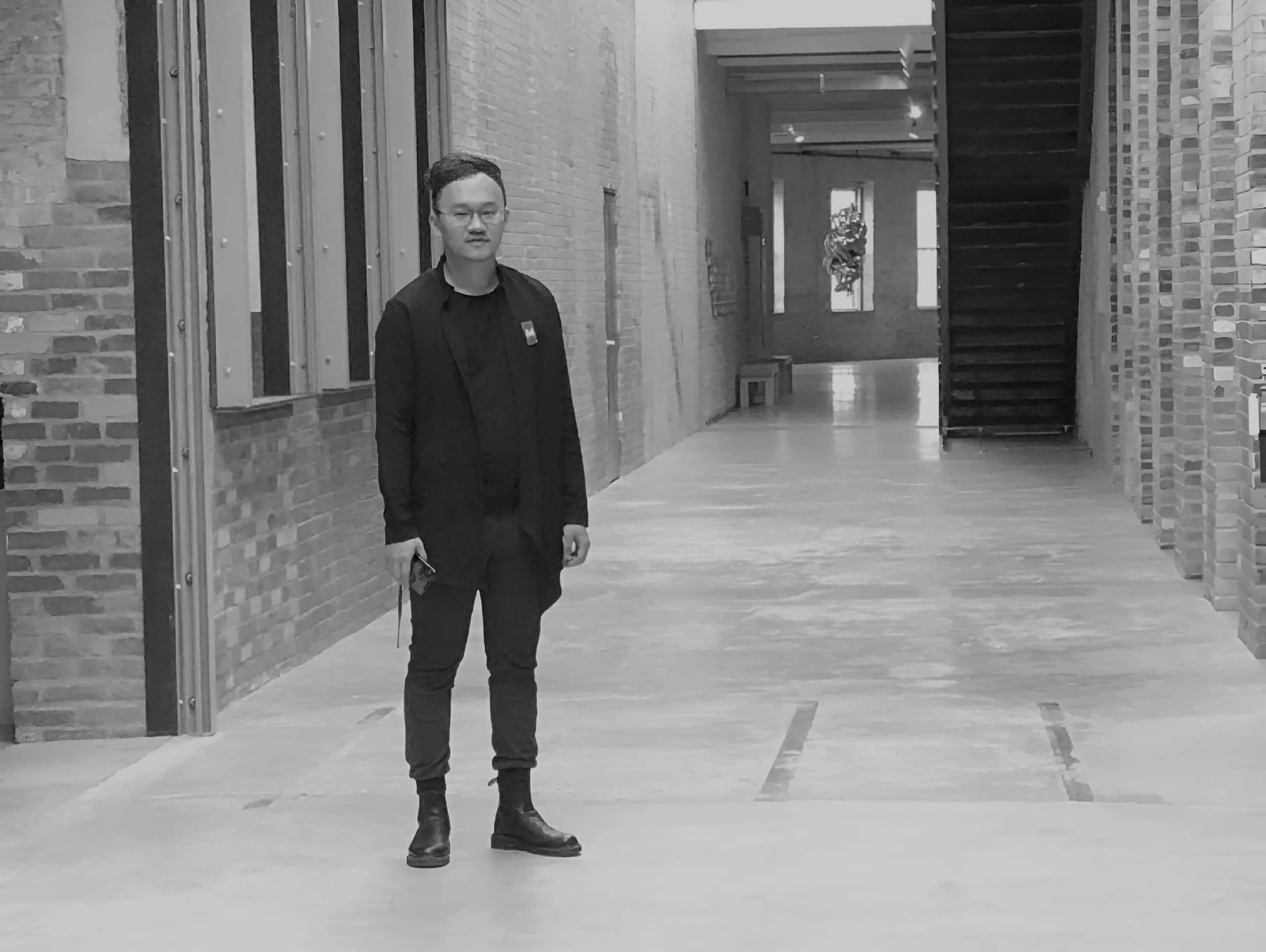 Developing Toward the Future: Renyi's Vision for Sustainable Urban Living and Accessible Public Spaces
Developing Toward the Future: Renyi's Vision for Sustainable Urban Living and Accessible Public Spaces